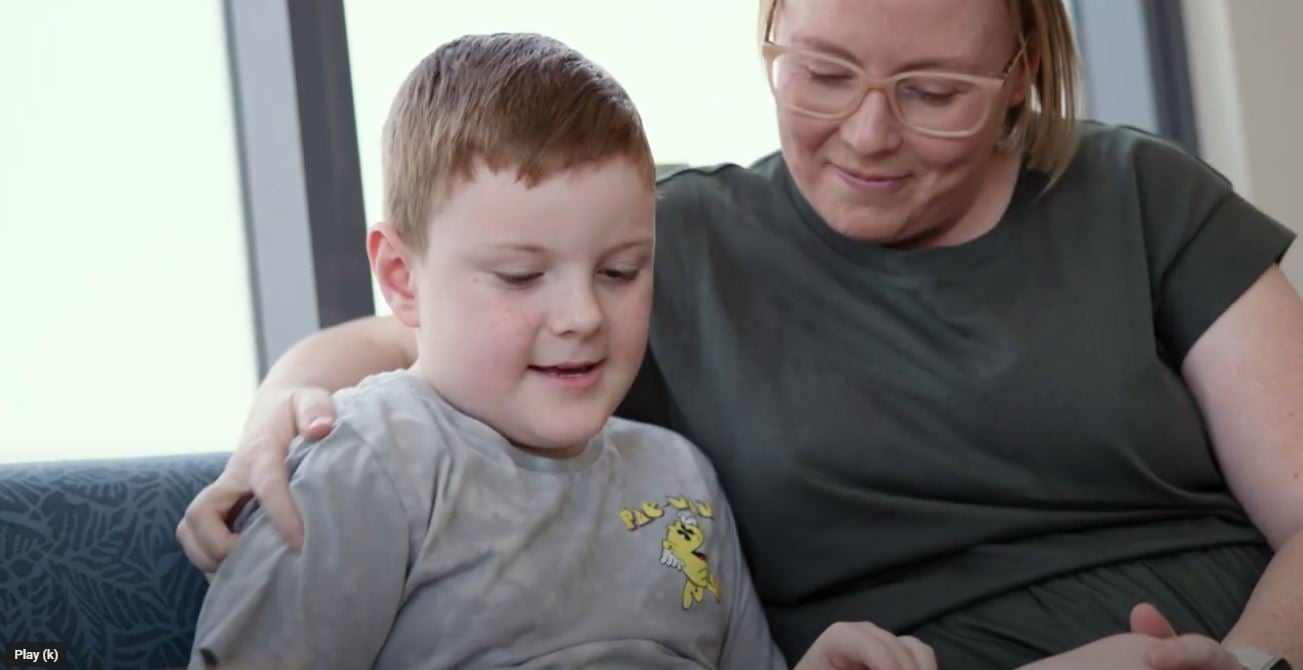Search

News & Events
Team update - December 2025Here is a rundown of staff movements within the clinical team including new faces, staff returning from parental leave and a colleague we soon will farewell for an exciting new adventure.

News & Events
Unpacking PACT - Katie's storyPACT is a program for caregivers of children who would like some additional support to understand their child’s communication.


News & Events
Introducing the CliniKids Autism Seminar Series!The Kids Research Institute Australia’s CliniKids is excited to introduce an online autism seminar series in 2024, designed to inform families, clinicians and educators about the latest autism topics and research.

News & Events
Congratulations AndrewCongratulations to Professor Andrew Whitehouse on being named a finalist in the prestigious Premier’s Science Awards.

News & Events
Term 1 appointment schedulingWe are aware that many of our clients are either starting kindy or are transitioning from kindy to fulltime school and may require a different day/time for their regular therapy sessions at CliniKids.
By fundraising, you’re helping raise awareness and provide funds to support CliniKids and the work we do with autistic children. There are lots of ways to fundraise, online and offline.
Contact us If you have any questions about getting started, please contact our giving team. We're happy to help! +61 8 6319 1333 giving@
Research
Quality of life beyond diagnosis in intellectual disability – Latent profilingTo compare quality of life (QOL) across diagnoses associated with intellectual disability, construct QOL profiles and evaluate membership by diagnostic group, function and comorbidities.
Research
Developing an Online Tool to Promote Safe Sun Behaviors With Young Teenagers as Co-researchersDespite education about the risks of excessive sun exposure, teenagers in Australia are sun-seeking, with sunburn common in summer. Conversely, some regular (time-limited) exposure to sunlight (that avoids sunburn) is necessary for vitamin D and healthy bones and other molecules important for immune and metabolic health. New interventions are thus required to better support teenagers to make healthy and balanced decisions about their sun behaviors.
